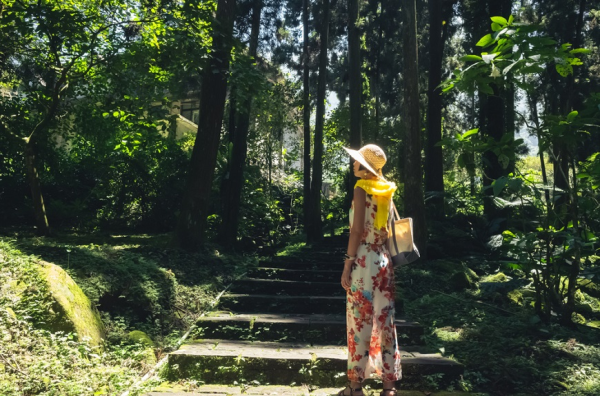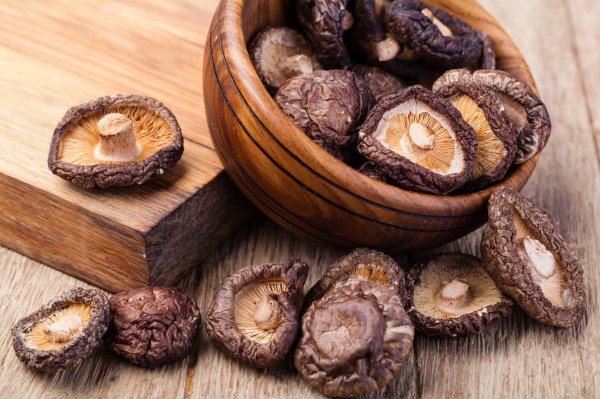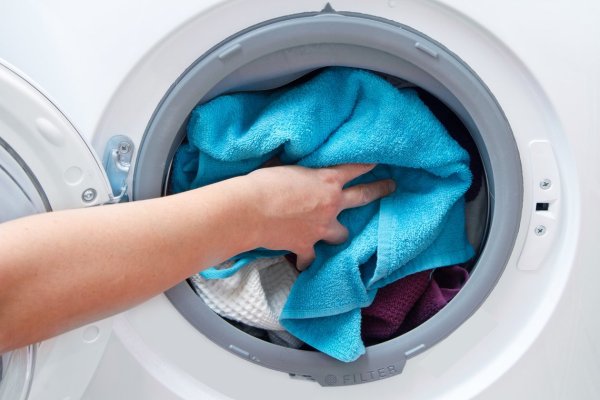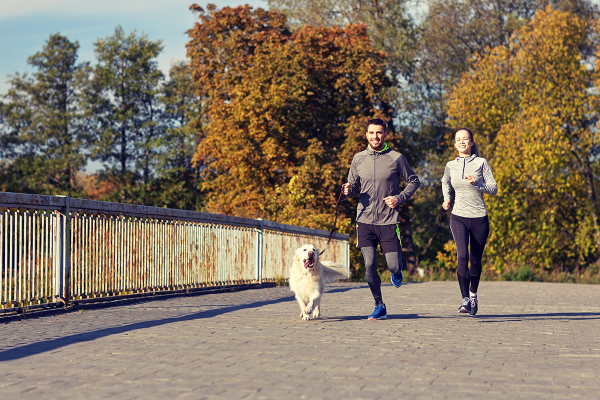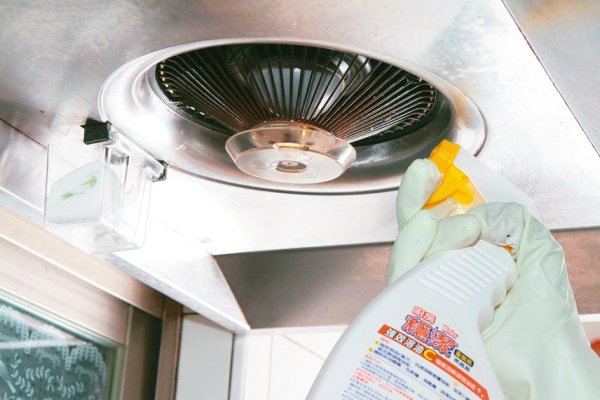Who is prone to alpine disease? High-along medical experts teach mountaineering precautions
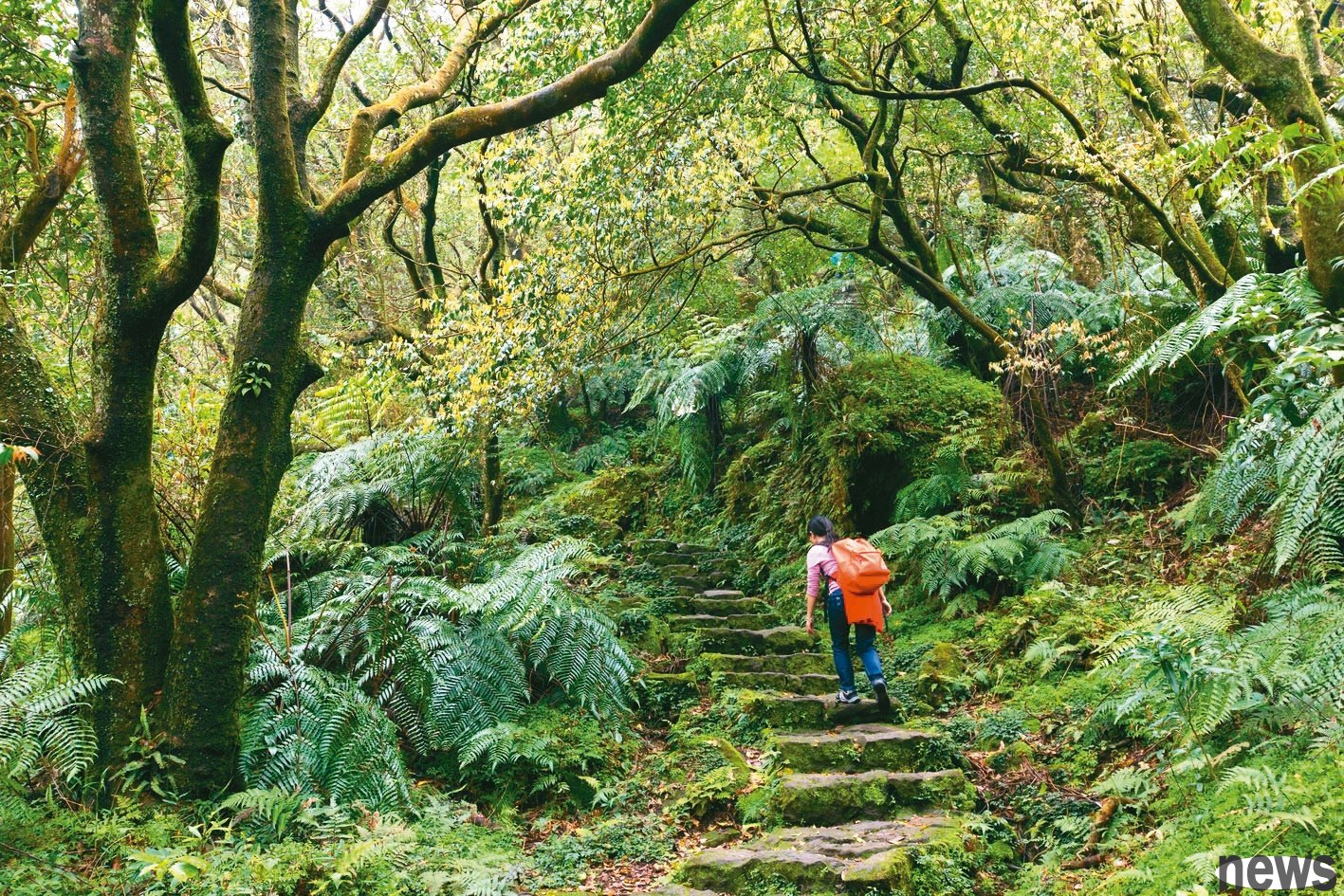
The two years of epidemic have led to small trips in China. Many people want to try mountaineering, but they are worried about being injured and afraid of not being able to move. In fact, as long as you prepare and plan in advance and find like-minded partners, it is not difficult to wander in the beautiful scenery of the mountains and forests. What’s even better is that in order to prepare the physical and correct attitudes required for mountaineering, you will be more willing to take care of yourself and exercise your body and mind. While starting your mountaineering journey, you will also open up a positive cycle of pursuing health.
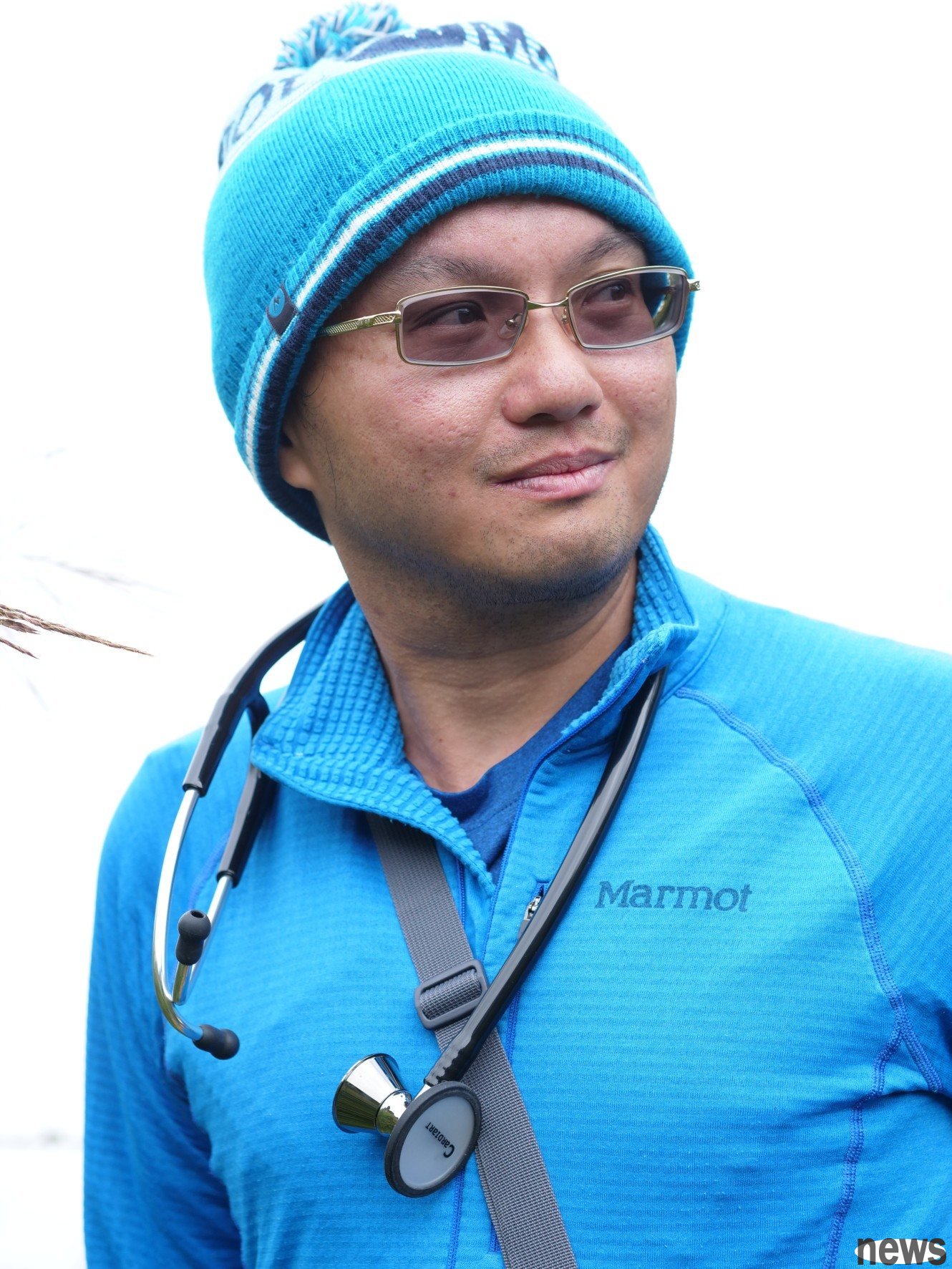
"Maintaining ideal weight and physical fitness is the most basic condition for mountaineering." Dr. Wang Shihao, an expert in mountaineering for 25 years and chairman of the Taiwan Field Area First Aid Association, said that according to his research published in international journals, the same age as climbing snow mountain, the physical quality index (BMI) is 80% for obese or poor physical fitness, and the probability of altitude sickness in 13-year-olds is 80% for those with weight and physical fitness in the middle; the incidence rate of altitude sickness is reduced to 30% for those with the best normal weight and physical fitness. The incidence rate of altitude sickness is only about 20%.
●Period muscle strength and cardiopulmonary endurance training are required.
Hana, a mountain climber and well-known fitness instructor, has always maintained regular and systematic training, and her fellow mountain friends praised her leg strength. Hana said that the old mountain friends said, "If you don't practice going down the mountain, you will practice going up the mountain." The muscle strength and physical energy required to go up the mountain must be at the foot of the mountain. Because her usual training includes whole body muscle strength and cardiopulmonary endurance, she does not arrange training plans for climbing, and does more training exercises for heavy climbing, hold two bells in her hand and leans on her shoulders. The running machine sets the appropriate slope and speed, and walks for about half an hour.
●Climbing the stairs and training is a must. Stop the week before climbing, and rest to increase leg strength.
If there is no gym or jogging machine, the general staircase can be trained. Wang Shihao said that if you don’t have training in normal times, you should strengthen your leg strength and cardiopulmonary endurance in the first three months of climbing. You can climb 15 floors every day and in the afternoon, climb the stairs when you go up the floor, and take the elevator when you get off the floor. The first month is not burdened, the second month is lightly loaded, and the third month is required to carry the weight you need to carry when you really climb the mountain. However, one week before the mountaineering itinerary, you must stop training to allow your legs to rest and provide perfect leg strength during mountaineering.
●Walking around the suburbs and mountains, adapting to the roads and terrain, and practicing to adjust your breathing.
Wang Shihao suggested that in addition to heavy training, he also had to find time to go to the suburbs and mountains, with the goal of being suitable for and familiar with uneven roads, so as to avoid external injuries or twisting. In addition, you must also practice adjusting your breathing, and keep walking and chatting at the same time, which is the best speed of progress. Just like a heavy training, suburban mountain training should also be conducted in advance, and you should have a full rest before climbing to avoid being hurt when climbing the mountain.
How to prevent alpine disease?{twenty three} {twenty four} ●Bring a mountaineering plan, go to the door for diagnosis and evaluation, and get preventive medicine. You have to sleep well the day before going up the mountain.
"You must sleep well the day before going up the mountain!" Hana reminds that if you don't sleep well the day before, it will have a great impact on the itinerary. Going up the mountain is more likely to have alpine symptoms or other uncomfortable reactions. When you encounter this kind of situation, no matter how hard you work, you won’t be busy. You can’t show off and you can only turn it back. Wang Shihao said that if you have any cold or discomfort symptoms, you should not go climbing the mountain. You will feel uncomfortable only after you have a headache, and you should go down the mountain quickly.
Wang Shihao said that "difference in sports performance" is the earliest symptom of pulmonary hygiene in alpine disease, and the chance of recurrence is as high as 60%. Alpine disease can be prevented by drugs. It is recommended to take a trip plan before climbing, go to the mountaineering gate for consultation or home medicine to consult a doctor and carry it on your body.
What are necessary items for mountaineering equipment?Although alpine disease is the most common mountaineering disease, according to the Fire Department's statistics, alpine disease only accounts for 4% of mountain hardship rescue, and the largest number is still lost (38%), injury (20%), disease (11%), and valley (11%). Wang Shihao said that before climbing, you must have a thorough understanding of your abilities and hiking routes. In addition to preparing good physical conditions, correct clothing, hiking shoes, hiking poles, and raincoat are indispensable.
1. Hiking pole: "Hiking pole is like the second double foot on the mountain." Hana said that when going downhill, hiking pole can help you divide the knee pressure. Sometimes the mountain road is steep and slippery. Pull the hiking pole first and then go down, which is safer. But you should still pay attention to the knees that need to maintain a slight force when going downhill. You should not use the method of "knee to the end and kill" to go downhill. The downhill itself does not hurt the knees. This is the posture that hurts the knees.
2. Hiking shoes: Wang Shihao suggested that you wear wear-resistant, non-slip, and ankle-covering hiking shoes. Once you twist on the mountain, the degree of injury will be smaller; but don’t wear new shoes to go up the mountain, it is best to wear them twice before walking to the suburbs.
3. Mountaineering clothing: The inner layer of the clothes should be worn, the middle layer of warm clothes, the outer layer of raincoat, and the pants should never sweat quickly and dry. If the pants are sweat-free, they should not wear denim pants. The denim pants are easy to moist and not dry easily, which may lead to body temperature loss.
4. Raincoat: No matter how good the weather is when it is set, the weather on the mountain changes. You must wear a set of two-piece raincoat or wind raincoat.
Before trip, dingThe most taboo to climb mountaineering: Fight monsters or climb alone
"Climbing should be progressive step by step, and you should not fight monsters; you should have companions, don't climb alone." Hana reminds that each of the mountains has its own difficulty level. Novice must accumulate experience from the primary level to increase the difficulty and number of days. Never see that other people's photos are beautiful, just follow the trend. Such mountaineering experience is usually not very good. There must be someone at the foot of the mountain knowing where you go and when you should reach, so that if an accident occurs, you can rescue quickly.


